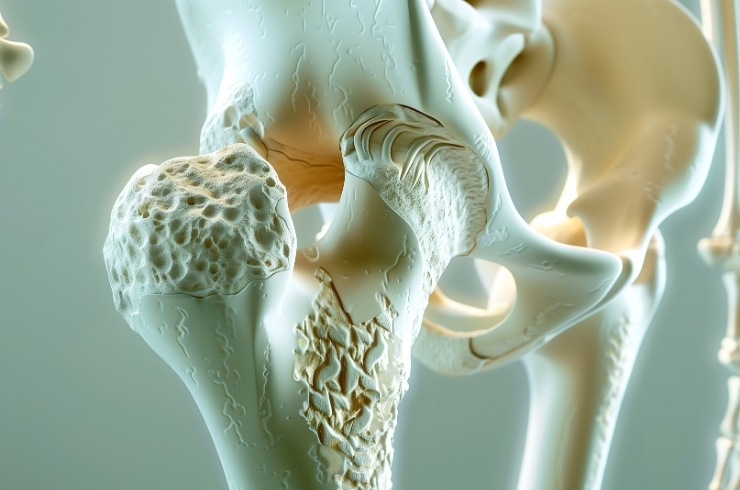Osteoporotic Diseases
- Home
- Services
- Osteoporotic Diseases

Osteoporotic diseases refer to a group of conditions where bones become weak, brittle, and more prone to fractures due to a significant loss of bone mass and density. Osteoporosis, the most common form, often develops silently over time and is typically diagnosed only after a fracture occurs—most commonly in the hip, spine, or wrist. Risk factors include aging, hormonal changes (especially in postmenopausal women), lack of physical activity, calcium or vitamin D deficiency, smoking, and certain medications or medical conditions. Early stages may not show symptoms, but over time, it can lead to stooped posture, back pain, height loss, and frequent fractures even with minor falls.
Managing osteoporotic diseases involves a combination of preventive care, lifestyle changes, and medical treatment. Bone mineral density testing helps identify patients at risk, while medications such as bisphosphonates, hormone therapy, and calcium-vitamin D supplements may be prescribed to slow bone loss and promote bone formation. Weight-bearing exercises, a balanced diet, and fall prevention strategies are also critical components of care. Early detection and comprehensive management are essential to reduce fracture risk and maintain mobility, especially in older adults. Timely orthopedic intervention can also help stabilize osteoporotic fractures and prevent further complications.
Services
Walk Pain-Free, Live Fully Again
Get expert help for damaged joints, fractures, and mobility issues from a trusted surgeon.
🔹 Complex & revision joint replacements
🔹 Comprehensive trauma & osteoporotic care
🔹 Quick diagnosis with tailored surgical plans